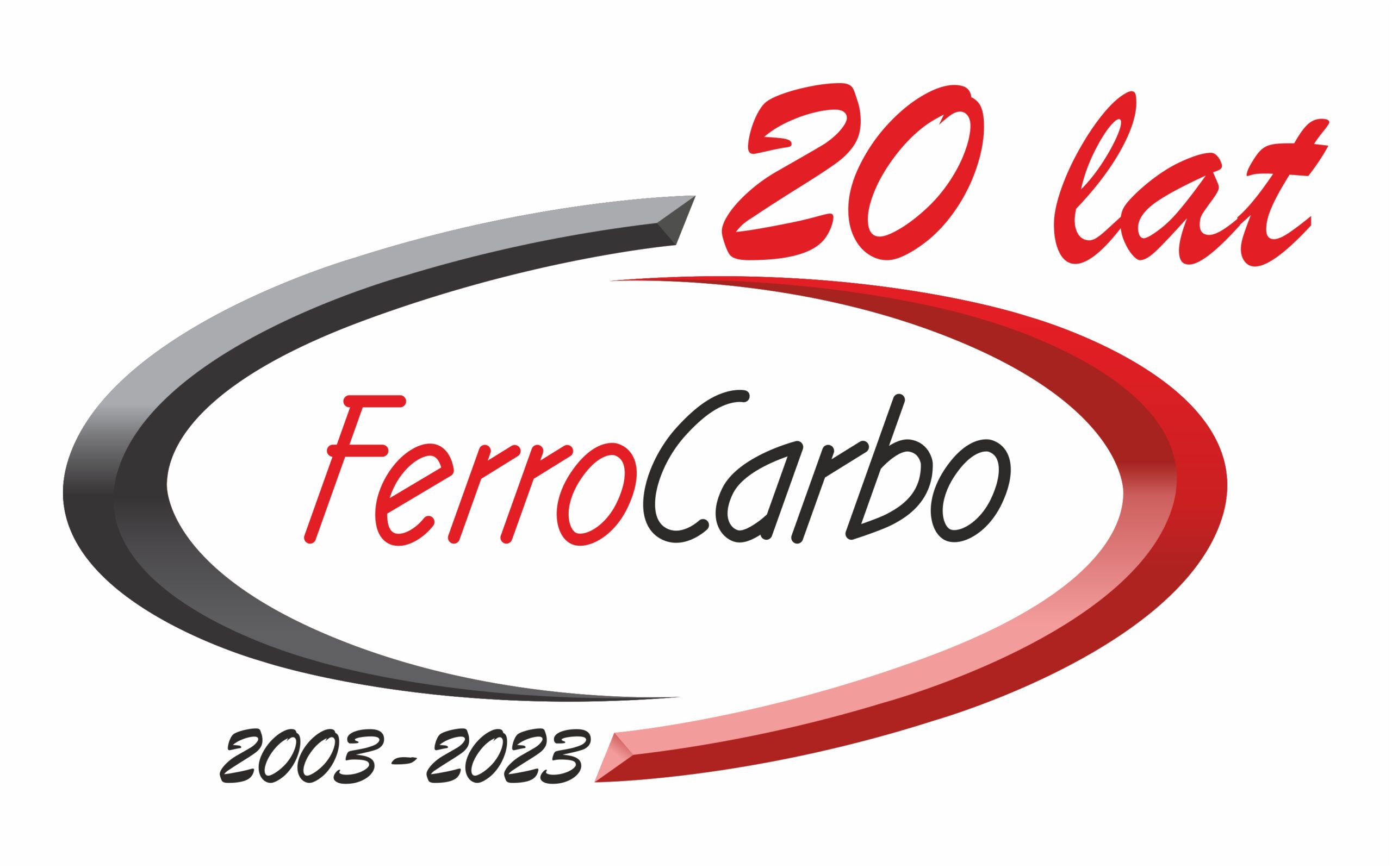Tests of chemicals
In the Chemical Laboratory of FERROCARBO we perform:
- testing of raw materials and ceramic products
- testing of technical ceramics
- testing of non-refractory materials
- testing of silicon carbide and products with the addition of silicon carbide
- testing of refractory products and materials
- testing of waste codes 10 01 01, 10 01 02, 10 02 01, 10 01 80, 19 12 10
- testing of sinters
- testing of slag
- testing of binding materials - cements and its components, raw materials for the production of cement, clinker, fly ashes, silica fumes, gypsum and building lime
- testing of aggregate
- testing of ferroalloys
- testing of admixtures for concrete, mortar and grout

We do tests
We conduct comprehensive chemical tests of aggregates according to the PN-EN 1744-1 standard and we define their parameters, e.g. grain density and water absorption, alkaline reactivity or the content of fine particles - testing with methylene blue.
Tests of cements and its components include chemical analysis according to the PN-EN 196-2 standard, we mark e.g. content of chlorides, sulphates and insoluble parts. In addition, we determine the carbon dioxide content or grain density of the above-mentioned materials.
Our staff performs chemical analyses of ceramic products, refractory products and materials, silicon carbide and products with silicon carbide. In addition, we conduct chemical composition tests of ferroalloys i.e. Fe-Si, Fe-Mn, Fe-Nb, Fe-V, Fe-Ti and Fe-Si-Ca.
Tests of admixtures for concrete, mortar and grout include, among others determination of pH, water-soluble chlorides, conventional dry material content and density.
Chemical analyzes are carried out on the basis of:
- classical methods (gravimetry)
- instrumental (spectral chemical analysis by XRF)
When testing the chemical composition of samples using an X-ray fluorescence spectrometer, we simultaneously determine 13 oxides. This allows for quick identification of the type of material and precise quality control during production.
Chemical tests are performed in accordance with the following standards:
- Polish PN
- international EN
- industry
- American ASTM
and in accordance with the terms of the analysis agreed on with the Client.
Chemical analyzes are performed by trained and experienced personnel using regularly maintained and calibrated measuring equipment.
We approach each Client individually, we help in the selection of tests methods for a specific type of material and for various applications.
XRF chemical analysis
XRF chemical analysis is a fluorescence X-ray analysis. It is a technique that allows for qualitative and quantitative analysis of the elemental composition of a sample. The method consists in irradiating the test sample with X-rays. The intensity of fluorescent radiation of the elements determined in the sample is measured, and the chemical composition is analyzed on the basis of previously determined standard curves. The samples to be measured are prepared from a homogeneous material in the form of compressed or melted pellets. It is the most commonly used in our laboratory pearl method, consisting in prior ignition and melting of the sample in a melting machine. During one analysis, we get 13 oxides. The main oxides that are determined in most analyzes in FERROCARBO are the following: SiO2, Fe2O3, Al2O3, MgO, CaO, Na2O, K2O. XRF analysis is the method most often used in laboratories to analyze the chemical composition of various materials. In our laboratory, we use it to analyze such materials as: natural raw materials, ceramic raw materials and products, glass, refractory raw materials and products, clinkers, cements, lime, binders, fly ashes, blast furnace and converter slags, but also many other building materials.
Advantages and disadvantages of XRF chemical analysis
Each method has its advantages and disadvantages. In case of XRF chemical analysis there are definitely more of the former, which is why it is so willingly and commonly used in laboratory analyses. Among the pros the following can be distinguished:
- speed and accuracy,
- the ability to analyze various materials,
- a large range of analysis of various elements,
- conducting the analysis of many elements at the same time,
- quick and easy preparation of samples for testing.
Cons of XRF chemical analysis:
- chemical analysis equipment is expensive to purchase and operate,
- need to have multiple patterns.



 by
by 